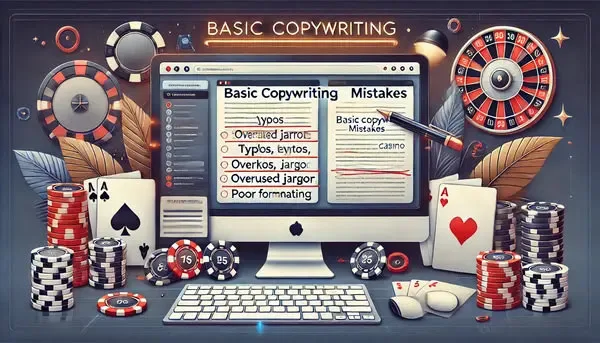
Copywriting Tips: Focus on the Benefits of Your Product
Copywriting is a crucial element in marketing that can significantly influence consumer behaviour and decision-making. To create compelling copy that resonates with your target audience, it is essential to focus on the benefits of your product. This approach not only highlights the value of your offering but also builds trust and credibility with potential customers. In this article, we will explore various strategies and tips for writing benefit-focused copy that can enhance your marketing efforts and drive conversions.
Understanding the Importance of Benefits
When crafting copy, it is vital to understand the difference between features and benefits. Features are the characteristics of a product, while benefits are the positive outcomes or value that the customer will gain from those features. Focusing on benefits allows you to connect with your audience on an emotional level and demonstrate how your product can improve their lives. For instance, instead of merely stating that a vacuum cleaner has a powerful motor (feature), highlight that it can save time and make cleaning effortless (benefit). This approach helps customers see the real value and relevance of your product in their daily lives.
Identify Your Target Audience’s Needs
To write effective benefit-focused copy, you must first identify the needs and desires of your target audience. Conduct market research, surveys, and interviews to gather insights into what your customers are looking for in a product. Understand their pain points and what motivates them to make a purchase. By aligning your product benefits with the specific needs of your audience, you can create a more personalised and persuasive message. This customer-centric approach ensures that your copy addresses the real problems and aspirations of your potential buyers, making it more impactful and relevant.
Use Clear and Concise Language
Simplicity is key when it comes to writing copy that focuses on benefits. Use clear and concise language to convey your message effectively. Avoid jargon and complex terminology that might confuse your audience. Instead, use straightforward and relatable language that highlights the direct benefits of your product. For example, instead of saying “Our product utilises advanced technology to enhance efficiency,” say “Our product helps you get more done in less time.” This makes your copy more accessible and easier to understand, ensuring that your audience grasps the value of your offering quickly.
Incorporate Emotional Appeal
Emotions play a significant role in decision-making. By incorporating emotional appeal into your copy, you can create a stronger connection with your audience. Use storytelling techniques to illustrate how your product can positively impact the lives of your customers. Share testimonials and success stories that showcase real-life experiences and outcomes. Highlight the emotional benefits, such as peace of mind, happiness, or confidence, that your product can provide. This approach not only engages your audience but also makes your message more memorable and persuasive.

Create Compelling Calls to Action
A powerful call to action (CTA) is essential for converting readers into customers. Your CTA should be clear, compelling, and focused on the benefits of taking action. Use action-oriented language that encourages immediate response. For example, instead of using a generic CTA like “Buy Now,” use “Start Enjoying the Benefits Today.” This reinforces the value of your product and motivates your audience to take the next step. Additionally, consider offering incentives such as discounts, free trials, or guarantees to make your CTA even more enticing.
Test and Refine Your Copy
Writing effective benefit-focused copy is an ongoing process that requires continuous testing and refinement. Use A/B testing to compare different versions of your copy and identify which ones resonate best with your audience. Analyse the performance of your copy by tracking metrics such as click-through rates, conversion rates, and engagement levels. Gather feedback from your customers and make adjustments based on their responses. By regularly testing and refining your copy, you can ensure that it remains relevant, engaging, and effective in driving conversions.




